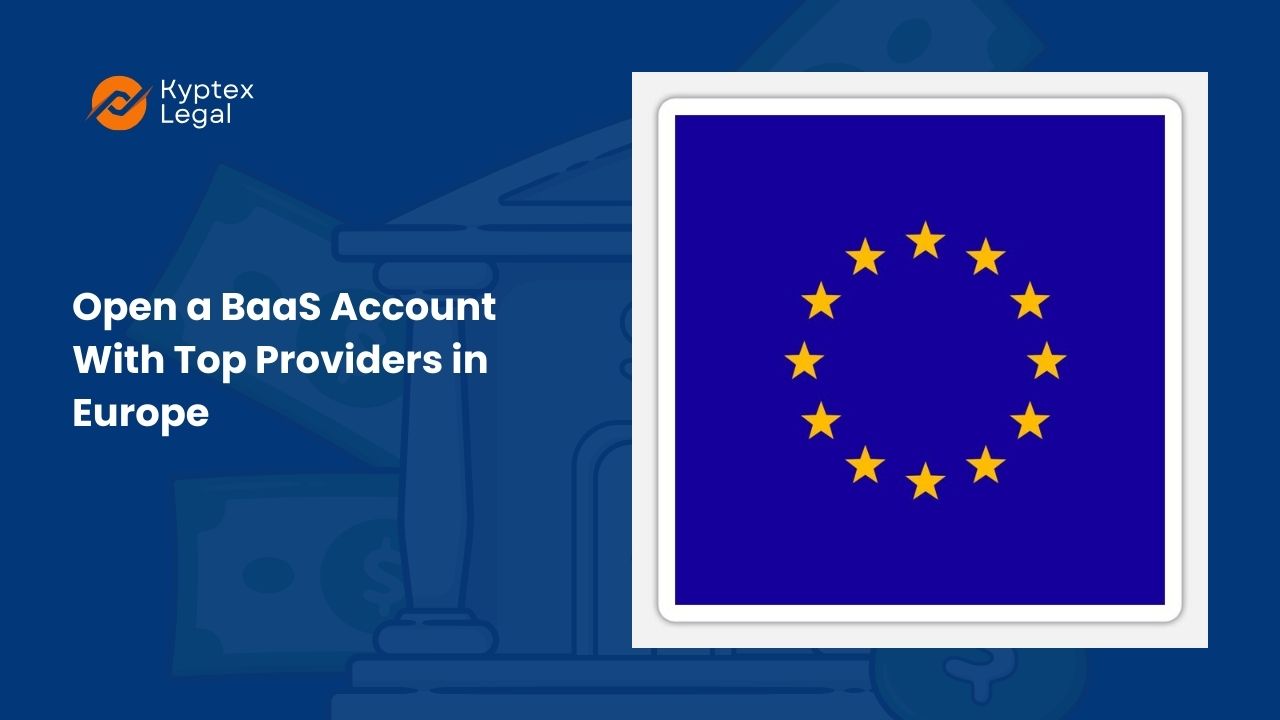
Banking-as-a-Service (BaaS) providers are transforming the way FinTechs and digital online banks offer payment and banking services to their clients. BaaS enables them to directly integrate 3rd party payment capabilities and FX into their products through APIs, eliminating the necessity for traditional banking relationships and complex infrastructure. This innovation is particularly vibrant in Europe, where the Fintech sector is facilitated by a dynamic tech ecosystem and a robust regulatory framework.
Why BaaS Is So Popular Among Financial Institutions?
Banking-as-a-serviceThe term “service” denotes the integration of a single API to provide banking processes, including currency exchange, card issuance, and payments. BaaS providers collaborate with top-tier banks to consolidate banking services into a single solution. This integration allows smaller fintech companies to offer financial products without the need for multiple banking relationships by utilizing a developed banking product portfolio and integrating the BaaS solution. This model has been instrumental in the development of online banks, PSPs, and remittance companies in recent years, enabling them to concentrate on their primary markets and value propositions without as much concern for banking relationships.
Benefits Of BaaS
Scalability: FinTechs are capable of expanding their services without the necessity for a significant capital investment in banking infrastructure.
Flexibility: BaaS is a banking service that is readily customizable and can be adapted to any banking core and front-end platform, all while providing a distinctive user experience to the end client.
Speed to Market: The time required to launch financial services is reduced by BaaS platforms.
Pricing: BaaS solutions are priced based on volume; therefore, as a user’s business expands, the commercials can be reduced and profitability can be enhanced.
Global: BaaS providers are distributed across the globe. Although this article concentrates on the European Union, any remittance or payments business can leverage EU BaaS to access local payment rails and currencies, thereby enabling them to provide exceptional services to their end clients. One of the most prevalent use cases that we observe among our clients is a Canadian multinational corporation (MSB) that establishes a BaaS account with EU providers in order to access SEPA, FPS, CHAPS, and a variety of other local currencies and payment channels.
Top BaaS Providers in Europe
Solarisbank in Germany, Railsbank in the UK, Treezor in France, Mano Bank in Lithuania, and others are among the prominent BaaS providers in Europe. Nevertheless, these providers impose significantly stricter limitations and prerequisites for European consumers, and even more so for international ones. We have engaged in numerous discussions with clients who were seeking alternatives and have compiled a list of lesser-known BaaS providers in Europe that, in our opinion, are more flexible and less stringent.
Steps To Open A BaaS Account
In order to establish a BaaS account, it is necessary to complete an enhanced due diligence process, which may differ slightly depending on the provider:
Step 1: Determine Your Requirements: Determine the precise banking services that you require and the method by which you intend to incorporate them into your ecosystem. Additionally, generate financial projections that will dominate commercial negotiations and potentially dictate your obligations.
Step 2: Select a Service Provider: Consider factors such as API foundation, ongoing compliance requirements, payment routes, and currency availability, client support from the provider in case of any issues, and scalability when selecting a BaaS provider that best suits your needs.
Step 3: Conducting a thorough investigation: The BaaS providers will conduct a comprehensive due diligence. Prepare for the following minimum requirements:
- Conventional corporate documents, including statutes and other documentation.
- A roster of directors and shareholders, along with their identification numbers
- Proof of business trading address for directors, UBOs
- The license number issued by the regulatory authority
- Financial statements
- AML/KYC/CDD policies
- Additionally, an AML audit report may be necessary.
- Business strategy and management information
Step 4: Implementation Stage: Collaborate with the provider’s IT team to conduct integration and testing to guarantee that their APIs are seamlessly integrated with your current systems.
Step 5: Documentation and Compliance: Complete all required compliance checks, respond to all inquiries, and submit documentation that will be reviewed and approved by the BaaS provider.
Step 6: Launch: Subsequent to successful integration and compliance assessments, implement the financial services that comprise your product offering.
Conclusion
Banking-as-a-service has emerged as a critical enabler in the fintech sector, particularly in Europe. The course of your business’s growth and development can be substantially altered by selecting the appropriate BaaS provider and successfully integrating banking services. FinTechs can successfully establish a BaaS account and commence a journey of financial innovation and development by adhering to the aforementioned steps.